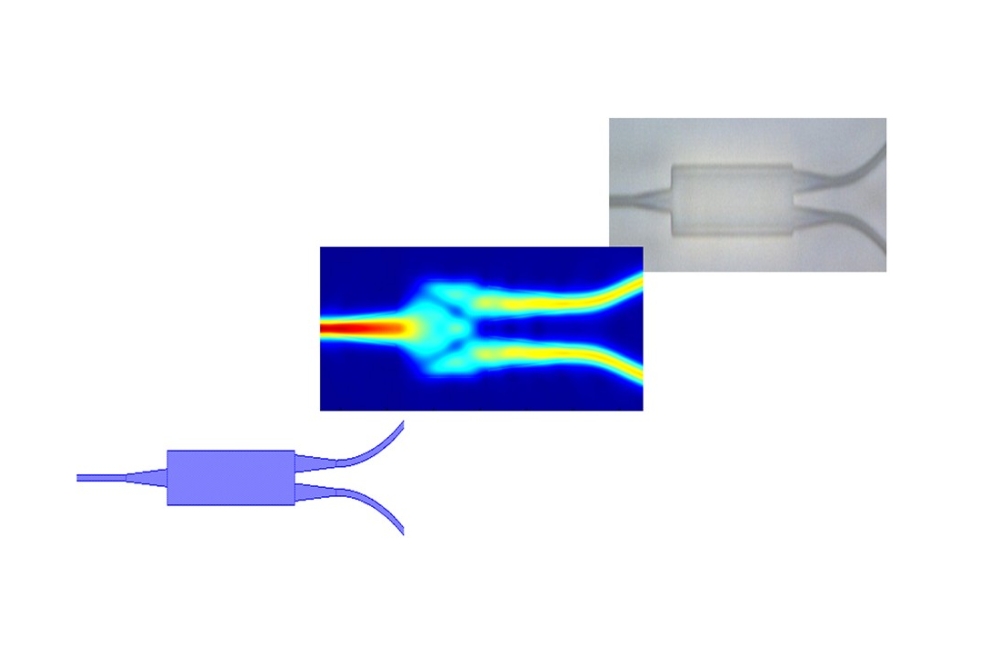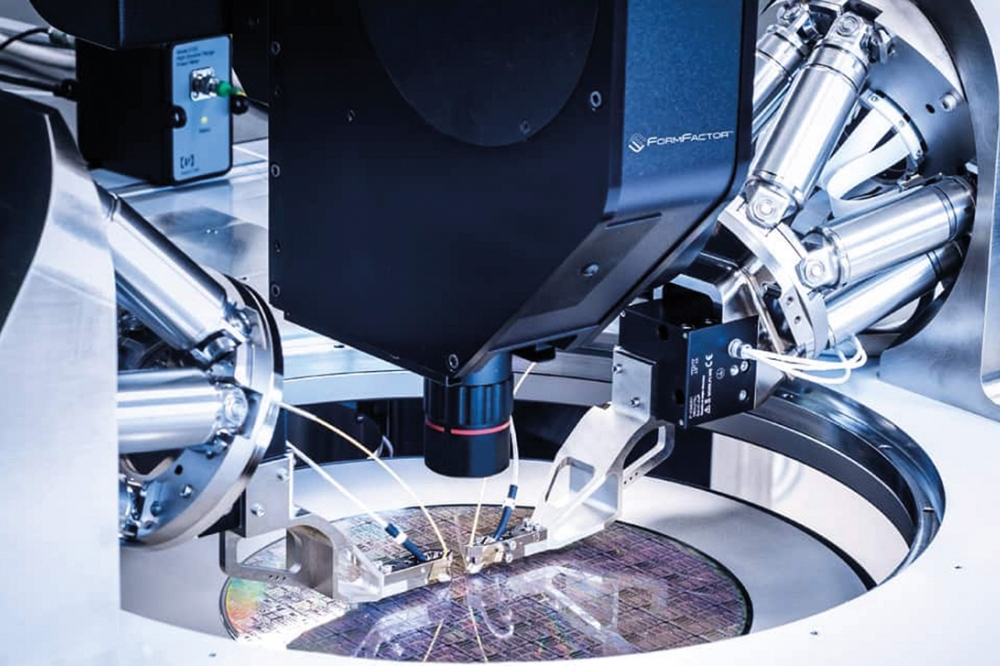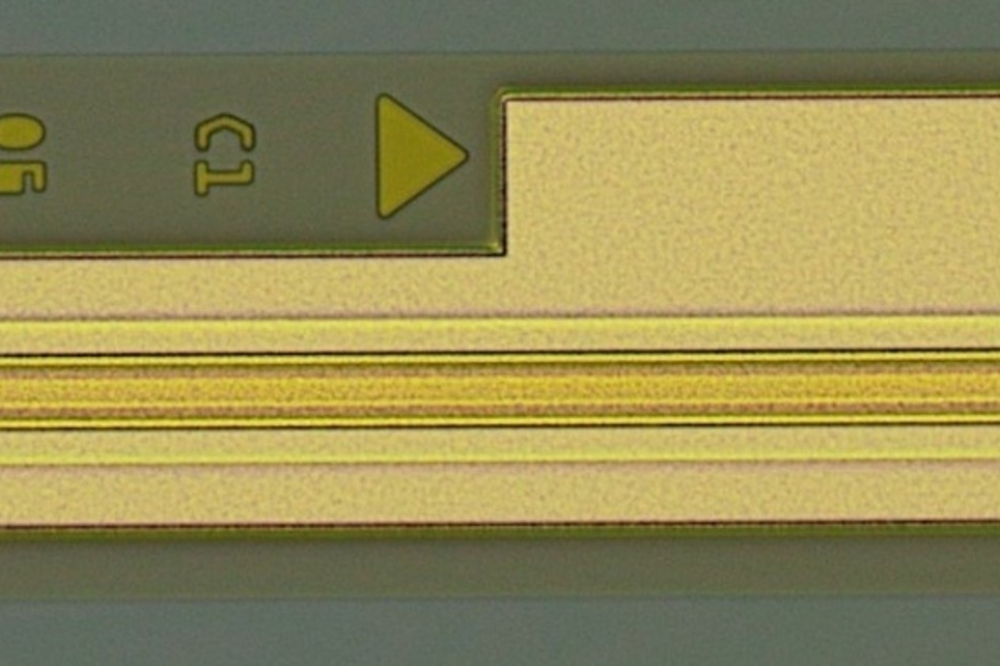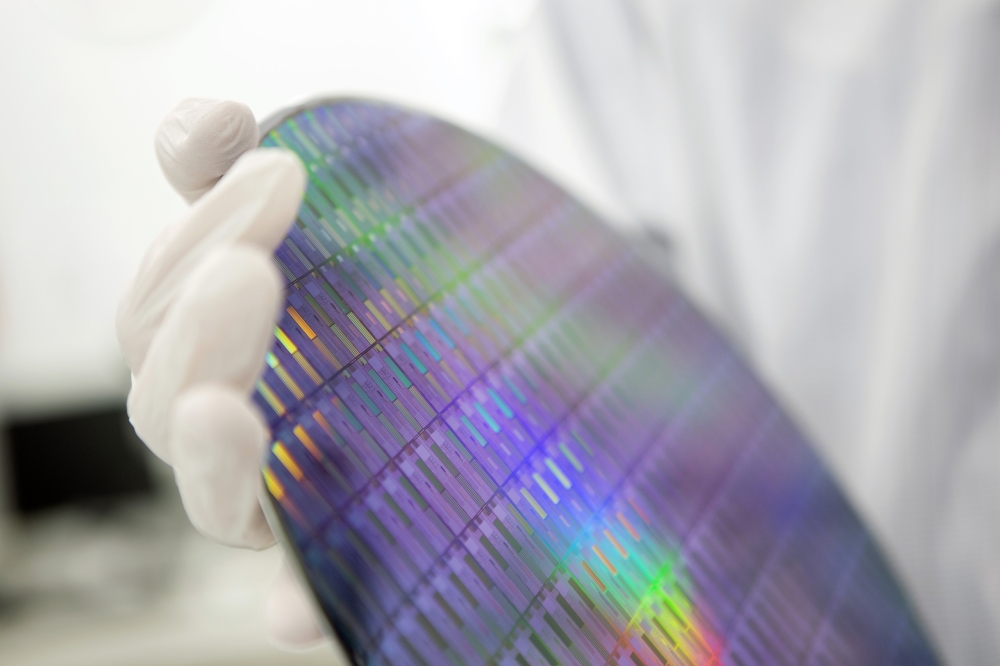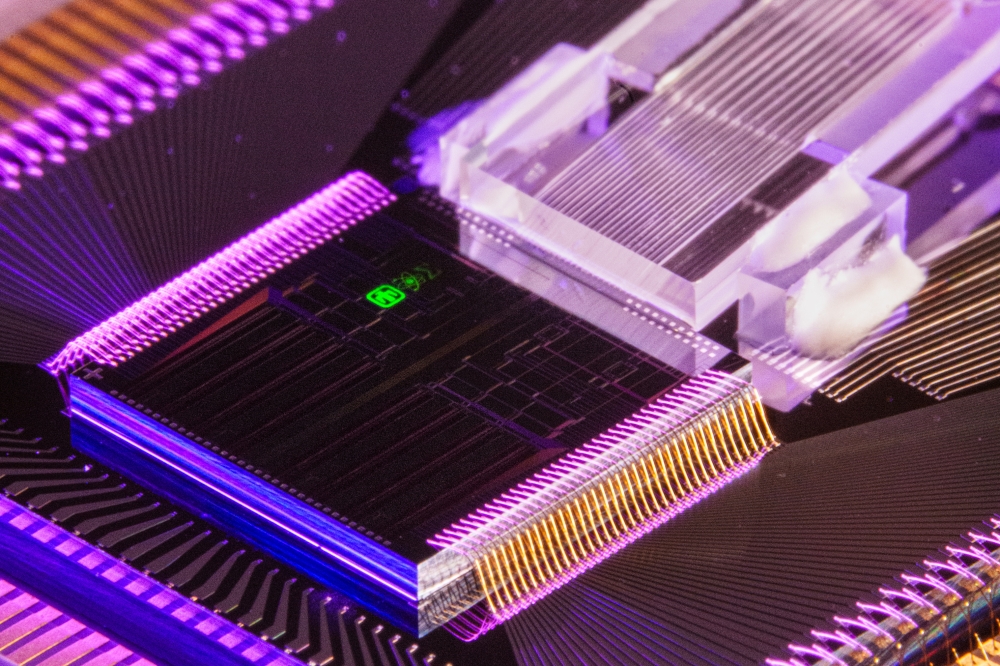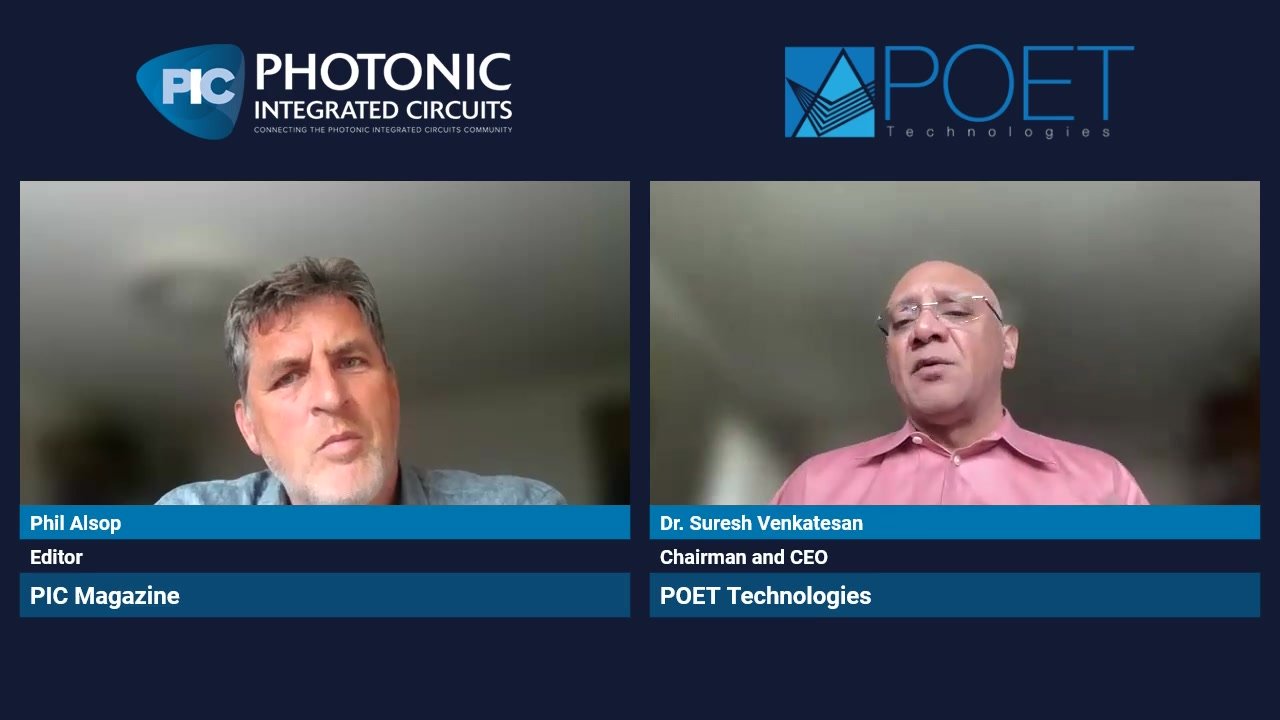A different light

Developed more than a decade ago, the transistor laser could soon bring faster broadband communications.
Just last month, Professor Milton Feng from the University of Illinois at Urbana-Champaign, US, won a hefty $657,000 from the Air Force Office of Scientific Research to raise the modulation speed and performance of his revolutionary transistor laser.
Working with long-standing industrial partner, Keysight Technologies, Feng and colleagues will spend the next three years pushing the modulation speed of the device up from gigahertz towards terahertz frequencies.
And if successful, the high bandwidth laser will open the door to a new generation of high performance photonic ICs with blisteringly fast data transmission speeds.
"Your typical semiconductor laser [diode] is based on a PN junction diode and can probably only modulate up to 30 GHz as this is limited by the recombination of the diode," points out Feng. "So we decided to look at a bipolar junction transistor, and discovered that the recombination of this was much faster than the laser diode."
"We've since been collaborating with Keysight to make a terahertz transistor for their instrumentation work, and now we understand how that works, we figure we can use these ideas and apply them to a laser," he adds.
![]() Milton Feng's transistor laser is set to change the face of communications.
Milton Feng's transistor laser is set to change the face of communications.
Feng claims the world record for the fastest HBT, at 800 GHz and using this experience will first establish a theoretical framework for pushing the modulation speed of his transistor laser into the terahertz and beyond.
The researchers have already demonstrated a transistor laser with a fast recombination lifetime - 30 ps - and modulated optical output with a 22Gbps error-free transmission.
But by taking this theoretical framework and studying the transistor laser epitaxial design, they will optimise the number of quantum wells and incorporate reflectors to reduce recombination lifetime to below 5 ps, paving the way to terahertz modulation frequencies.
"Our work will look at the design of quantum wells into the base of the transistor to give us the trade-off between photon lifetime and recombination lifetime," he adds. "In our final year we'll demonstrate a transistor laser made of quantum dots and quantum wells with a lifetime below 5 ps and a modulation of 0.3 THz."
Extreme transistors
Working with Professor Nick Holonyak, also at the University of Illinois, Feng created the first light-emitting transistor in 2004, and soon honed the device to emit light as a laser beam. This transistor laser functions as a transistor but with an electrical output and optical output rather than the usual two electrical outputs.
All transistors emit a small number of photons, but Feng's modified InGaAs-GaAs HBT has a layer of InGaAs inserted into its base structure to form a quantum well, and includes a reflective cavity to focus emitted light into infrared laser light.
![]() By incorporating multiple quantum wells and reflectors, Milton Feng hopes to reduce the recombination lifetime of the laser transistor to 5ps.
By incorporating multiple quantum wells and reflectors, Milton Feng hopes to reduce the recombination lifetime of the laser transistor to 5ps.
Indeed, past tests reveal the quantum well boosts signal intensity by some 40 times, and Feng and colleagues have fabricated devices to emit light at 980 nm, 1550 nm and in the visible range.
And while their original light-emitting devices operated at around -73°C, by improving MOCVD growth and quantum well design, the researchers have devices operating a room temperature.
Reaching market
Following his light-emitting transistor success in the lab, Feng set up Quantum Electro Opto Systems (QEOS) in 2008, with University of Illinois Urbana-Champaign colleagues, Nick Holonyak and Gabriel Walter, to commercialise his first light-emitting transmitters for fibre-optics communications.
As Feng highlights, the QEOS light-emitting transistor eliminates the need for external driver and control circuitries, delivering a small form factor transmitter that consumes less than 1mW/Gbps. "And it is about seven times faster than a laser diode," he adds.
The company unveiled its first devices in 2013 with target applications including active optical cables for connecting computing equipment with video monitoring equipment. "These are being incorporated into security communication cameras as you need high speed at low power," says Feng.
But what about the laser transistor? As well as boosting modulation frequencies, Feng is also looking to reduce the size of the transistor laser, and reduce its parasitic losses. As he says: "We've proven this is possible, but haven't done this at room temperature yet, it shouldn't be a problem."
He also believes manufacturing at larger scales will be straighforward; as he says: "The device is based on a commercial HBT which can be grown by anybody... companies like IQE and EpiWorks will be able to grow material for us."
The researcher also highlights how the device can function as a high speed nonlinear switch and signal mixer, commenting: "I believe the first useful applications will be as a laser mixer."
And crucially, the transistor laser has three ports - the emitter, base and collector - offering a greater system design freedom compared to the standard transistor and two-port diodes.
"This three-terminal laser... opens up new possibilities for integration to photonic integrated circuits, although this is beyond our latest AirForce contract," he adds.














